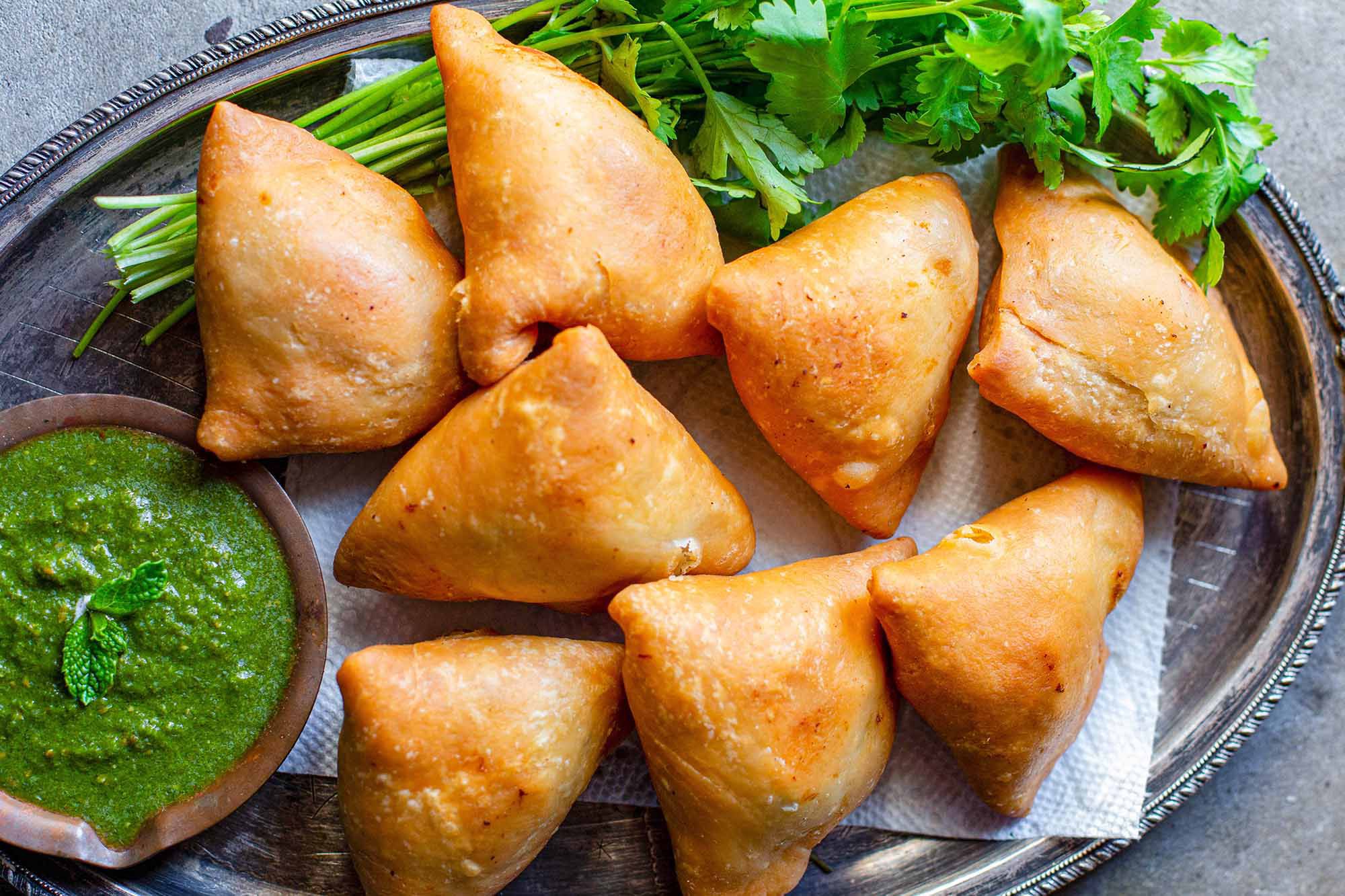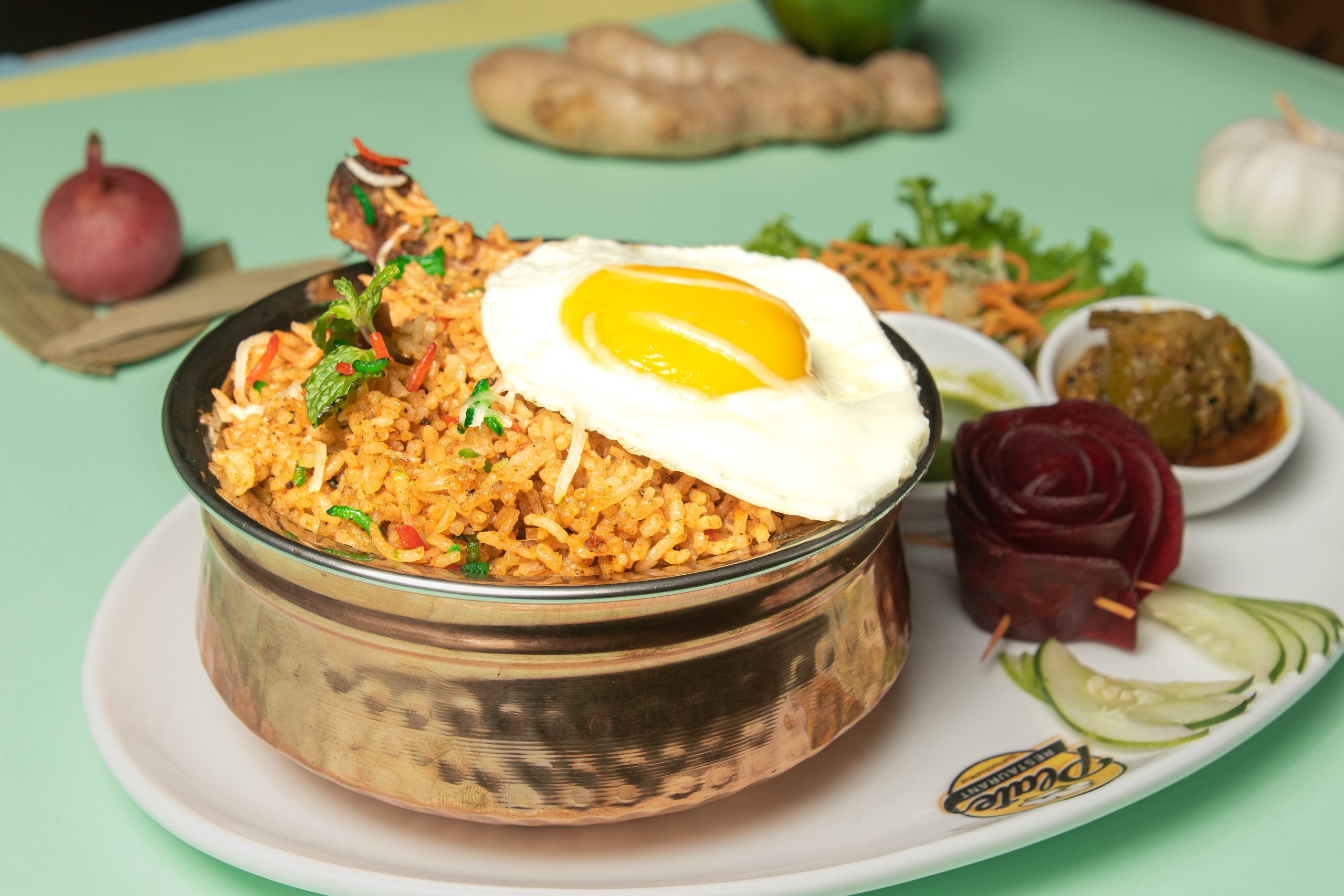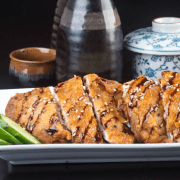Introduction:
The history of the Samosa is quite diverse, with many different variations of the dish found in other parts of the world. A samosa is a savory pastry that is usually filled with spiced potatoes, onions, peas, and lentils.
Samosas have different fillings depending on where they are from. In India, they often have paneer, lamb, chicken, or fish. In Pakistan, they often have boiled eggs, lentils, and spices. Similarly, In Nepal, they stuff them with curried veggies. In Tanzania, they go for beef and kidney bean filling. Israel has their own spin on the dish, with a mashed chickpea stuffing. And in the Maldives, you can find samosas filled with a yummy tuna or fish mixture. Finally, The semicircular version in the Middle East is stuffed with cheese, onions, herbs, spices, and minced meat.
The Samosa Archives
Samosas are like the OG of Globalization – they’ve been around for centuries and have spread worldwide! They originated thousands of miles away in the Iranian Empire centuries ago. But over time, they’ve become a quintessential Indian street food delicacy. Different cultures have left their mark on this dish, resulting in a delicious variety of Samosas enjoyed by people worldwide!
Who knew ancient Persian texts could be so delicious? The Sanbosag is mentioned a lot, and it was invented by a great cook named Bahman. Sanbosag is also related to the Persian pyramidal pastry called Samsa and an early relative of the Samosa.
The word ‘Sanbusak’ might come from the Turkish word ‘Sanbosat’, which means ‘a piece of bread.’ There are other stories that say Sambusak, Sanbusaq, and Sanbusaj are small, meat-filled triangles that were eaten by merchants around campfires. They were also packed in saddlebags for a long journey. These intrepid traders brought the triangle all the way from Central Asia to North Africa, East Asia and South Asia. and everywhere it went, it delighted people with its unique shape and soft, plush texture.
The Royal blend of Samosas
The delicious triangle was brought to India during the Delhi Sultanate’s rule. The kitchen of the Sultan was beaming with cooks from the Middle East and Central Asia. The princes and nobles sure loved their samosas! Amir Khusro, the court poet and scholar from the 13th century, attested to this in his writings.
Ibn Battuta, a 14th-century Moroccan explorer, mentions Sambusak when he came to India through the high mountains of Afghanistan. He enjoyed a royal meal at the court of the wise fool, Muhammad bin Tughluq.
Even during the Mughal dynasty in the 16th-century, the Ain-i-Akbari documents Samosas as a crowd favourite!
Modern avatars of Samosas!
The Portuguese brought over a new type of tuber to the Indian subcontinent one day. People in the Inca empire used to eat this tuber a lot, and the Portuguese called it batata. This tuber caused quite a stir in Indian cuisine! It caused nothing less than a culinary EXPLOSION in Indian cuisine.
In the next couple of centuries, batata, better known as potato, became an archetypal addition to our breakfast, lunch and dinner and became a staple in many diets, thanks to its versatility. It is a versatile and common choice for meals. Additionally, it makes a good replacement for meat in some recipes.
Desi Flavours
India enjoys more than two dozen types of delicious triangular snacks. Desi samosas come in all shapes and sizes, with various delicious fillings. With their spicy lamb or beef filling, Mughlai samosas are the most famous in Delhi. In Gujrat, people prefer tiny samosas filled with French beans and sweet peas. Shingaras is a crowd favourite with sweet and savoury flavours in Bengal and adjacent regions. Lukhmis are a type of pastry with a thicker crust and filled with minced meat, typically preferred in Hyderabad. Finally, Goa has its own delicacy, with Chamuças being a version that many in the area enjoy.
Conclusion: It is always a happy ending with samosas
This tasty triangular treat has been around for centuries without losing its appeal or edge. It embraced new cultures and flavours during its travels while also metamorphosing into different shapes and sizes according to the crowd. Whether enjoyed as a snack, side dish, or main course, Samosas are a global phenomenon that never ceases to impress.
















